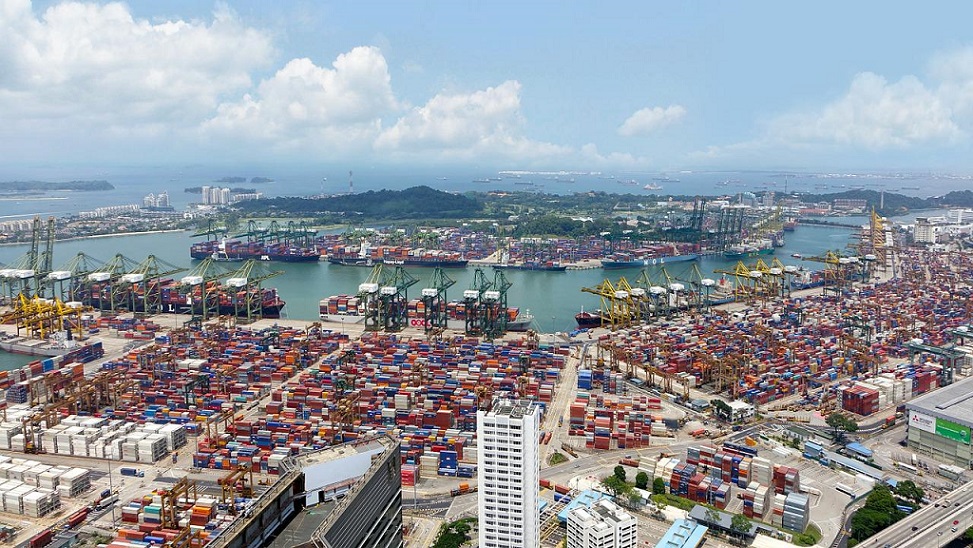What is Advanced Authorization and What Does it Mean Relative to Duty-Free Import Authorization?
An advantageous balance of trade is always a good thing. This means that the value of exports should be greater than imports. The government has implemented several schemes to boost exports. The Foreign Trade Policy governs all import and export activities. It aims at increasing exports and using trade expansion to create economic growth and jobs.
The current Foreign Trade Policy (2015-2025), supports exports through Special Economic Zones, Export Oriented Units, and other special economic areas. Many export promotion programs either exempt or remit duties. The Advance Authorization Scheme (AAS) is an example of such a scheme.
What is the Advance Authorization Scheme, (AAS)?
The Advance Authorization Scheme allows the import of inputs to be exempt from duty, after taking into consideration normal allowances for wastage, if they are physically integrated into an item that will then be exported. Duty-free import authorization can potentially free up financial resources, allowing you to prioritize paying off debt and improve your overall financial health. A condition of issuing Advance Authorization is imposing an export obligation.
Either the Advance Authorization Scheme is available to manufacturer exporters directly or to merchant exporters tied with a supporting manufacturer.
These are the types available for authorization:
- Exports physical goods
- Intermediate supply
- Supply of certain export categories is possible with specific supplies
- If the Standard Input-output Normals (SION) are met, you can provide stores for foreign-going aircraft/vessels.
Actual User Conditions Under Advance Authorization Scheme:
The AA will be issued, and any content that is imported using it will be subject to its actual user conditions. It means that the material can’t be transferred, and must only ever be used in the jurisdiction of the license holder. Eligibility criteria for Loan Against Property differ significantly from Duty-Free Import Authorization requirements, focusing on financial stability and property details, while the latter prioritizes trade promotion and import regulations. After fulfilling the export obligation, the license is not transferable.
Terms and Conditions for the Advance Authorization Scheme:
- Advance Authorisation doesn’t permit certain items for imports or exports.
- The actual use conditions will apply to the issuance of an AA.
- Inter Unit Transfer of Inputs permissible
- Certain products are more valuable than others, and not all products are eligible for benefits.
- Imports of the material are permitted at no cost.
- Only inputs that are not subject to duty will be exempted from duty.
- The AA Scheme also allows the importation of restricted products.
The scheme exempts imported goods from duty
These items are permissible for import under the scheme without the payment or duty:
- After accounting for the normal allowances for wastage, inputs that have been physically integrated into the product are eligible to be exported
- The fuel, oil, and catalysts used to produce the export product are consumed or used.
- These are mandatory spares that must be shipped with an export product. They must not exceed 10% of the CIF (Cost, Insurance, and Freight), the value of the authorization
- Only certain spices are allowed to enter the country duty-free for processing such as grinding, crushing, sterilization, or manufacturing oil or another oleoresin. Simpler activities like cleaning, grading, and repackaging will not be allowed.
Duty-Free import authorizations have minimal value
An Advance License to import has specific requirements about the expected minimum value-added from the products. Most products have a 15% expected value addition. Tea is subject to a 50% limit. Appendix 4D lists products whose expected value addition is less than 15%. Appendix 4C shows the minimum value addition of products that are not paid for in freely convertible foreign currency. Duty-free import authorization can significantly boost negotiating leverage, potentially leading to higher salary expectations for individuals working in roles related to procurement and utilization. The Handbook of Procedures also provides information on the minimum value-added for each segment of jewelry and gems.
Value addition refers to the calculation of the difference in export/supply prices FOB/FOR and input prices CIF. It is expressed as a percentage. If the buyer is not receiving any supply, the notional value will be added to both the CIF value for export and the FOB values for import.
The Duty Exemption Scheme comprises Advance Authorization (AA), as well as Duty-Free Import Authorizations. There are many different Authorizations like in Para 4.03 & 4.14 of the current FTP 2015-20 govern the issuance and use of AAs for imports of inputs at zero duty. It is issued before the expiration of the export obligation. The initial export obligation period runs for 18 months. Minimum value addition (VA) of 15% is required. The export obligation remains in force even after it has been canceled.
DFIAs may be issued for inputs that are exempted from basic customs duties upon the discouragement of an export obligation. DFIAs will only be granted where Standard Input/Output Normals are (SION). An additional minimum value (VA) of 20% must be met. DFIA can also be transferred. DFIA and imports under it can both be transferred. DFIA expires 12 months after issue.
There are many Import and Export consultants that can help you obtain your Advance Authorisation scheme. Their team can assist you in obtaining Advance License benefits through DGFT & Customs.


